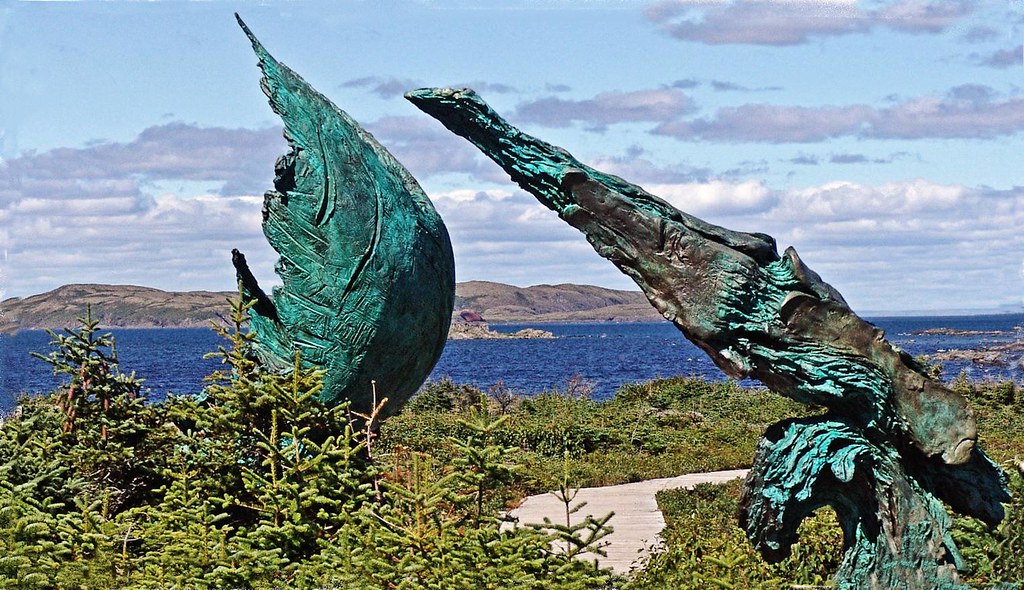Canada has a rich history, and one of the fascinating chapters is the story of the Viking settlements that existed on the east coast of Canada over 1,000 years ago. This article will explore the history of these settlements and their lasting impact on Canadian culture.
Facet: The Viking settled the east coast of Canada in 1000 AD.
Around 1000 AD, a group of Norse explorers led by Leif Erikson sailed from Greenland to Newfoundland, Canada. They established a small settlement called Vinland, believed to have been located somewhere in Newfoundland or Labrador. Although the settlement was short-lived, lasting only a few years, it is considered the first European settlement in North America.
Archaeological evidence suggests that the Vikings traded with Indigenous peoples and may have even established some form of contact or interaction. The Vikings’ presence in Canada was not widely known until the 1960s when archaeologists uncovered the remains of a Viking settlement in Newfoundland.

Today, the Viking settlements in Canada are a source of pride for many Canadians, and they have been celebrated in literature, film, and other cultural mediums. They represent an essential chapter in Canada’s history and remind us of the incredible achievements of early explorers and settlers.
Conclusion
The Viking settlements in Canada, established around 1000 AD, were the first European settlements in North America. Although short-lived, these settlements had a lasting impact on Canadian culture and history. Today, they are celebrated as an essential part of Canada’s heritage and remind us of the incredible achievements of early explorers and settlers.
Sources:
- Vinland by the Canadian Encyclopedia
- Vikings in Canada by the Historica Canada